
For the Love of Canning
If you have followed me very long, you will know that I have a true love for canning and food preservation. With inflation at record highs, I am trying my best –like many of you–to navigate through filling my pantry and freezer for the next year with healthy foods that will supply what my family needs.
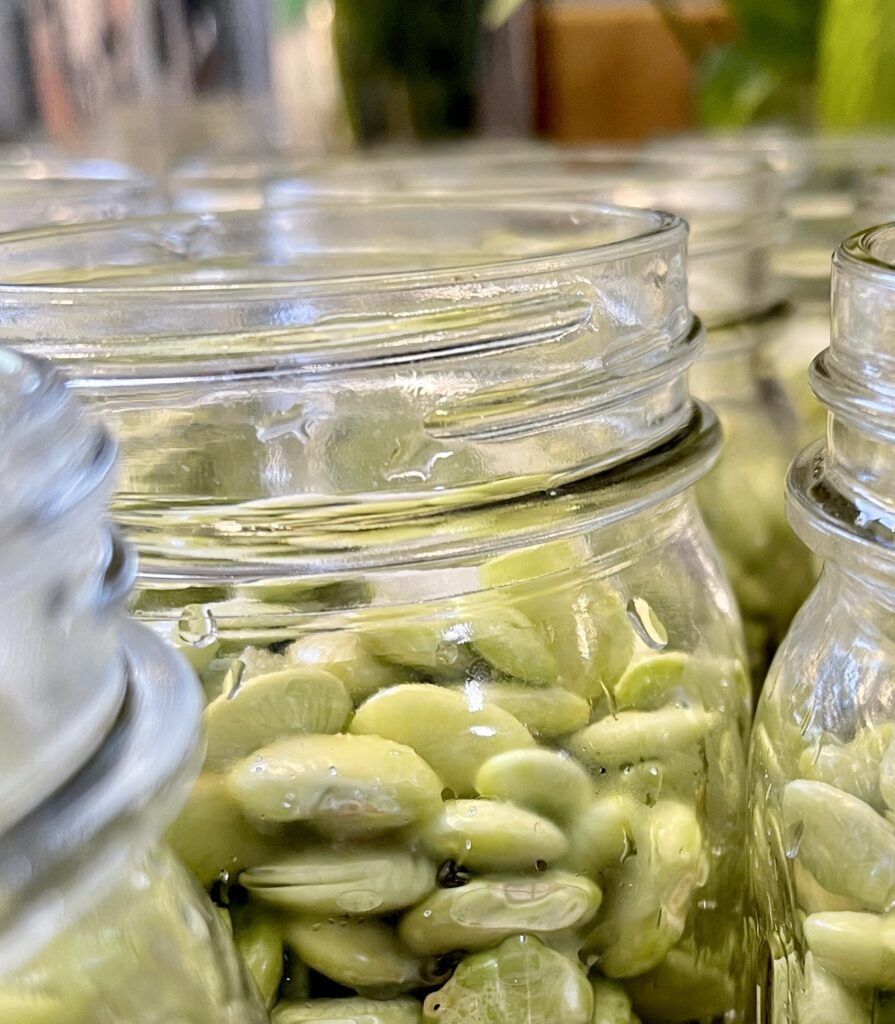
Rising costs for produce has been challenging the past few years; but, this year? I am at a loss for words…but, the challenge to “put away” produce for my family until next year’s growing season is still on my radar.
Deer, groundhog and raccoons in my neighborhood have made growing much produce in my own garden nearly impossible. I have tomato plants, an herb garden and peppers growing now. But, that will do little to fill the pantry with what I love to use for cooking.
Those peppers will make an amazing pepper jelly.
Herbs will be dried and tucked away in my spice organizer.
But, truly, adding corn and fruit to the freezer and canning green beans, marinara, tomato juice, jellies and lima beans just to name a few will be harder this year.
As I type this, the costs for produce, not counting the energy to can them or the jars, lids and rings, is daunting.
But, my love continues…
And so, I look for local farms and producers who can provide produce at a cost that I can afford. Does that ring a bell with any of you?
Truly, my love of canning and providing fresh canned and frozen produce is just a healthy activity that I have prioritized.
Many have asked for me to teach them to can and I will continue to do that this year.
Buying produce and canning now while there IS availability, and perhaps at a lower cost than in the future, will be my quest.
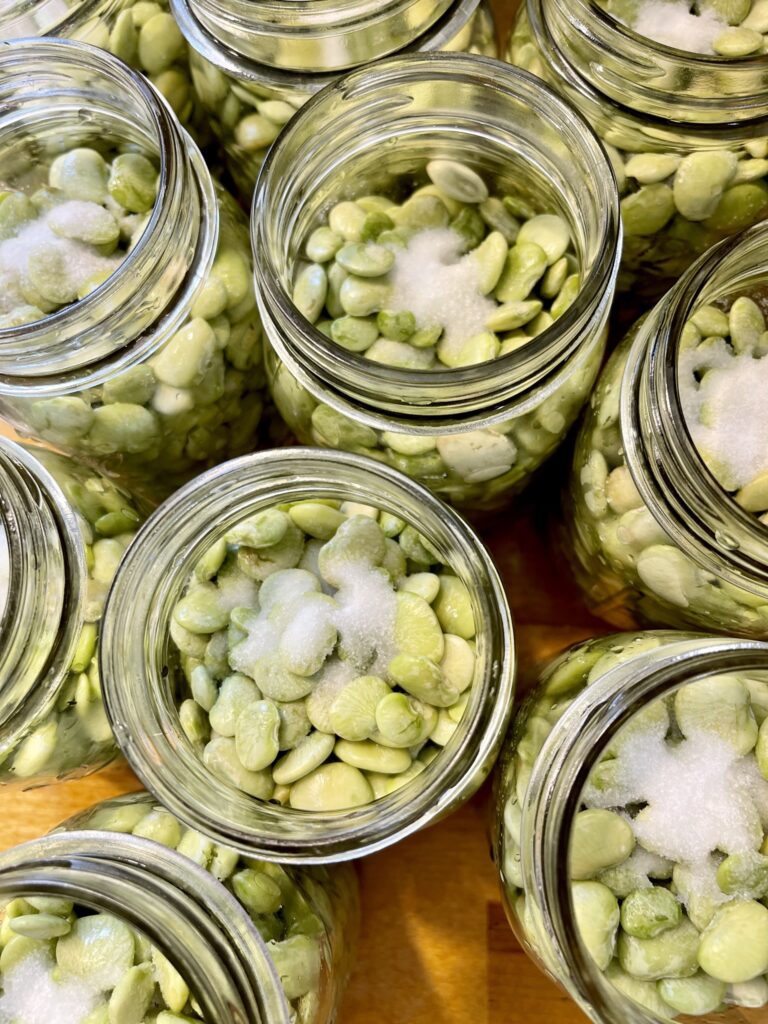
If you have the space in sunlight and protected from animals, go ahead and purchase those seeds still available from local retailers now so that you can prepare to have home grown vegetables at a huge savings next year.
Perhaps a fenced area may need to be planned for here. The joy and love of canning need not be limited by rising costs at the food stands, grocers and farmers markets.
Preparing for Canning–
These are what I have ready to go when canning is on my agenda:

2. Canning Tools.



5. Canning Jars, quarts with wide mouth lids and rings.





Other Supplies
Depending on what I am canning, the other supplies will be dictated by canning recipes.
- canning salt for vegetables.
- sugar and pectin for jams and jellies.
- alum, vinegar, spices and perhaps sugar for pickles.
- plus–the produce.
Honestly, for the most part I have been a “self-taught” canner. The Ball canning book has always been my guide. There are many books and lots of recipes for both water bath canners and pressure canners that tell which food items require which of the two canning processes.
It’s rewarding to me.
My husband’s favorite vegetables are corn, green beans and lima beans.
The primary purpose for my pressure canner has mostly been used for green beans.
Last year, instead of freezing lima beans, I pressure canned pints of them for the first time.
That proved to be beyond the BEST way to preserve them.
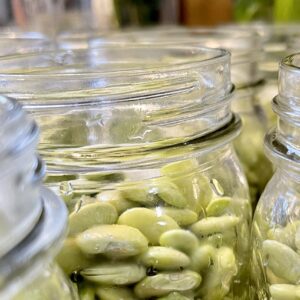
Canned Lima Beans
Equipment
- 1 Pressure Canner
- Pint Canning jars, rings and lids
- Jar lifter
- strainer
- Stove
Ingredients
- 10 lbs shelled fresh lima beans
- canning salt- 1/2 t per pint jar
- boiling water
Instructions
- Follow the instructions on how to use your pressure canner.
- Run pint jars through the dishwasher to sterilize or sterilize in a water bath canner. Make sure that the jar tops are free from nicks or imperfections that would prevent sealing.
- Wash rings and heat on low heat in a saucepan. *NOTE: it is no longer recommended to heat lids before adding to the jars as it can cause them not to seal.
- Wash lima beans that have been shelled and remove any damaged beans.
- Loosely add limas to the pint jar leaving about 1 1/2" headspace and not packing or tapping down beans. **A funnel helps make this easier.
- Add 1/2 t salt on top of beans in each jar.
- Add boiling water to each jar–leaving 1" headspace.
- Remove air bubbles with plastic canning tool (nonmetal).
- Using a damp cloth, wipe the rims of the jars and add a new lid to each jar.
- Add a ring to the jar and screw on ring just until secure…not too tight.
- Heat 3 quarts of water in the pressure canner making sure that there is a rack in the bottom for the jars to sit on. If you want to make sure that your jars remain clear and not cloudy, feel free to add 2 T white vinegar to the water in the pressure canner.
- When water begins to boil, add jars to canner with jar lifter and add the top on the canner.
- Steam should run through vent in the top of the canner for 10 minutes before adding the weight.
- Begin timing the lima beans processing time when the pressure has gotten to 10 lbs. pressure. Adjust the stove temperature to keep it at 10 lbs.
- Process lima beans for 40 minutes at 10 lbs. pressure.
- At the end of processing, turn the stove off and leave the canner alone until the pressure comes down…then remove the weight.
- I have learned through years of processing that if I take the lid off too soon that the liquid will be pulled from the jars in sealing.
- If I process a canner load in the afternoon or early evening, I leave the lid on and don't unload the canner until the next morning.
- When unloading the canner, set the jars on towels and out of drafts. Don't move them until completely cool.
- Check to make sure that all lids have "pinged" and completely sealed before storing. If any fail to seal, add them to the refrigerator and cook within a few days. Some people may process them again; but, realize they may be mushy if you do that with limas.
- When cool, label with contents and date on the lids before adding them to the pantry. Removing the rings before storing makes sure that if a seal is lost, that you are aware rather than a ring holding it in place and you missing it.
- It's recommended to use all canned vegetables within a year of canning. I have used them later than that occasionally, but try to use what you eat in a year as a guide to how much you need to put away for each canning type.
Notes
If you haven’t before, I hope you will give food preservation a try!
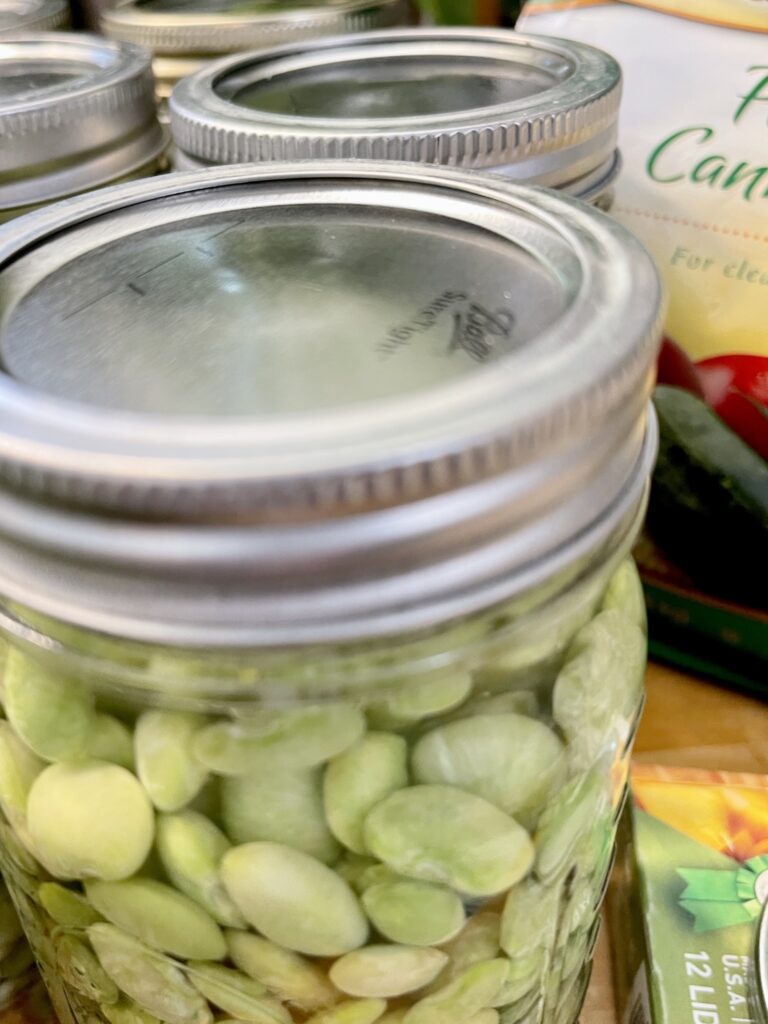
Whether canning, freezing or dehydrating…there is something so rewarding about buying fresh produce and putting it away in the pantry or freezer for those winter months when a bit of summer is welcomed.
More food preservations ideas:
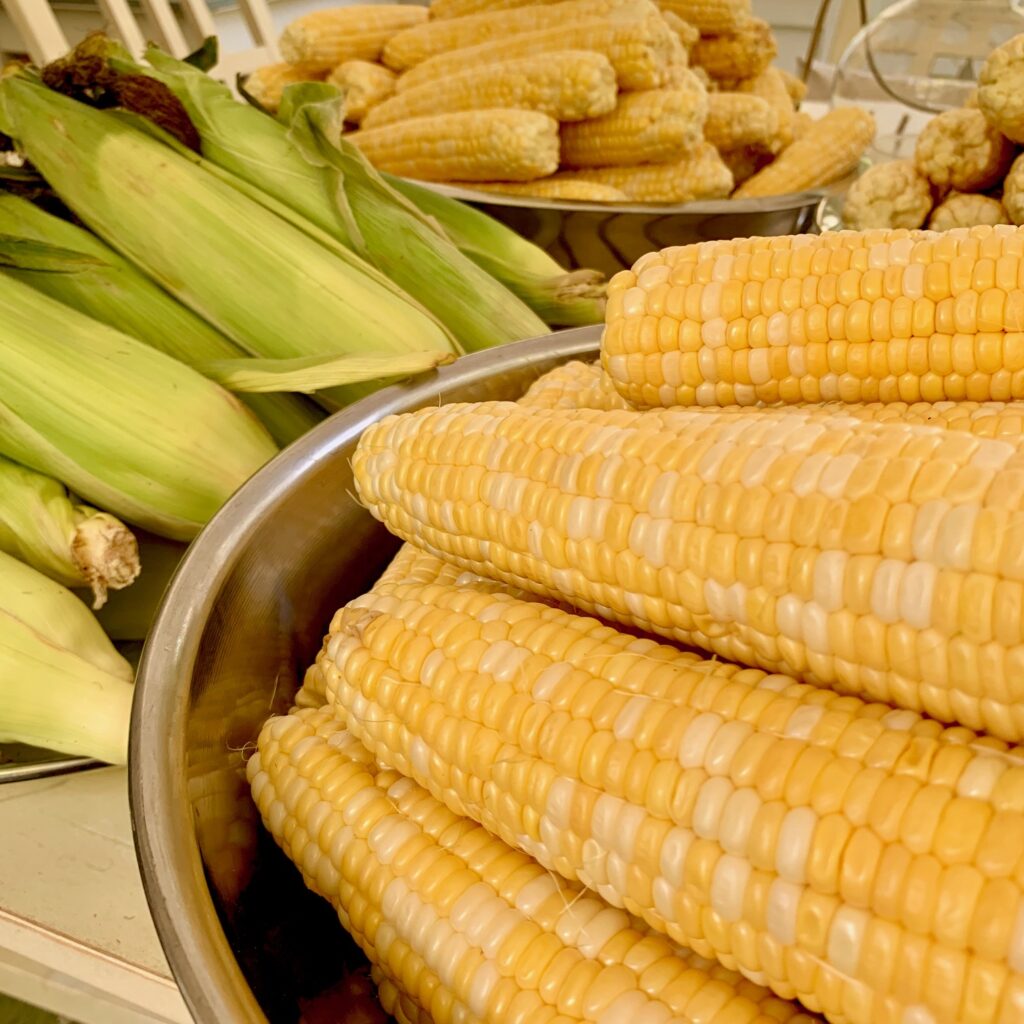





As an Amazon Affiliate, I am sharing links to make shopping easier at no extra cost for you but may provide a small commission to help bring you more content.
JUST A NOTE: If you are an Amazon Prime member, there are quite a few savings for you during Amazon Prime days today and tomorrow!
Happy Canning…and happy shopping!
Always know that if you have questions…I am only a comment away and more than willing to hear what questions you need answered or recipes you would love to share with me!
You May Also Like

Green Bean Bundles–Do You Need a New Side Dish?
December 22, 2021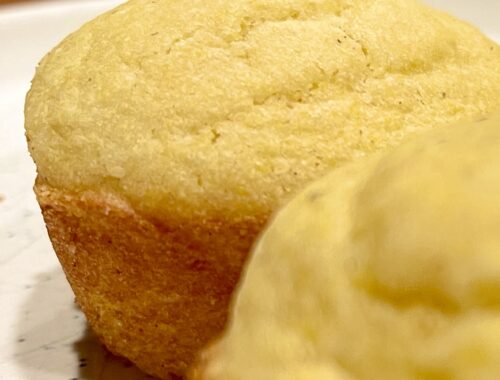
A Delicious Gluten Free Cornbread Muffin
January 3, 2023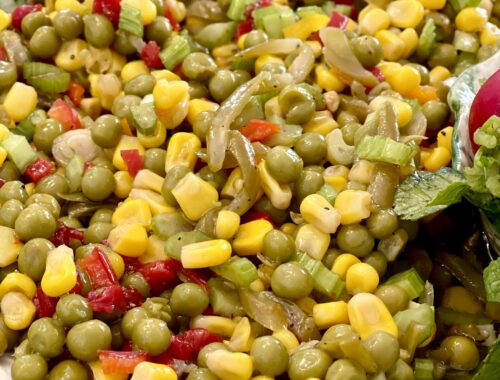


16 Comments
KIM
My grandparents and aunts always canned. It’s a process I unfortunately did not pick-up but would definitely love to try. My son has started canning this year and I am passing along your post! Thanks for sharing!
Leslie J Watkins
Thank you, Kim! It’s just a passion with me–I am thrilled your son is canning! Makes my heart so happy…you need to join him! I think you would love it!
Denise Parchen
Thank you! First time pressure canning and I was freaking out I watched a video that said 75 minutes on my pints of Lima beans and I had already processed at 11 to 14 pounds for 40 minutes the pounds averaged 14 I think I will get better but I thought maybe they were now all not shelf stable cause I didn’t process 75 minutes then found your video! Feel better knowing my time is ok thank you!
Leslie J Watkins
Yay! I’m sure that they will be perfect! Happy Canning!
Vickie Ramey
I can’t say I’ve ever enjoyed canning or freezing, but I’ve always enjoyed the fruits of my labor. Thankfully one of my daughters-in-laws is enjoying canning jellies and fruit and she shared!
Leslie J Watkins
It is one of my very favorite projects to do…such a great sense of accomplishment to see and eat that produce in the middle of winter. Even though Grandmother and Aunt Helen canned…I knew that I needed to make sure that when I entered the world of food preservation that I did it with care and the science that made it safe for my family. Not water bathing tomato juice was Aunt Helen’s method–yikes!
Dyanne Sapp
Thanks for letting us know how to can
An baby Limas my husband really loves them. God Bless
Leslie J Watkins
Thank you, Dyanne. Canning is one of my favorite things to do!
Cindy
I have never canned. My aunt did often and made homemade jams from their grapevines and pear tree.
I do buy big batches of fresh Jersey corn and freeze tons.
It’s perfect for many dishes I make during cooler weather.
Leslie J Watkins
Freezing corn is addictive for me… Nothing like the taste of fresh corn when it’s cooked in the winter! You should give canning a try. Start with jams that only require water bath canning. SOOOO rewarding!
Martha+Wallace
Great post, but I still have that engrained into my canning that the lids need to be heated before applying. It’s hard to change 45 years of canning! Yikes!
Leslie J Watkins
They changed the lids and many have found they lose the seal if heated BEFORE they are canned! Goodness–That’s enough for me!
Amy Adams
Hi there! My first year of canning and I love it! The only problem I have come across is pressure canning previously frozen Lima Beans. I thawed them out overnight. Next day, I added them to boiling water and boiled for 3 minutes. Filled quart jars with beans and boiled liquid. Processed for 50 minutes at 10 lbs. I opened the canner after -0- pressure was reached and left the lid cocked open overnight. Next morning, I removed the jars from canner. Everything was sealed, but the lima beans absorbed all liquid in the jars. Is this ok or no? Did I do something wrong? Looking forward to your response. Thanks a bunch!
Leslie J Watkins
I have never canned frozen vegetables before. Interesting! I will tell you that my experience with lima beans is that they do absorb more water than any other vegetable I have attempted to can. Mine were not completely immersed in liquid last year, but they stayed sealed and we still enjoyed them. This year I did not fill my pints up as full and did not pack before adding the boiling water. They covered better, but you are right…they do absorb more liquid. As for removing the lid of the pressure canner…I let it get almost cool before taking the lid off in order for the liquid not to draw out of the jars. Keep canning and playing with it! My advice is to keep a canning journal so that you will remember next year what worked and didn’t. Makes my heart so happy to see you canning!
Donna Allen
My mom always canned green beans and I referred to them as “real green beans” because they tasted so much better than canned! I regret not learning how to can before my mom passed away! Glad to see other people keeping the art alive!! Enjoy summer!
Leslie J Watkins
You are so right…everything canned always tastes better. It’s never too late to learn, friend! Start with a Ball Blue book and I’m only a call away!